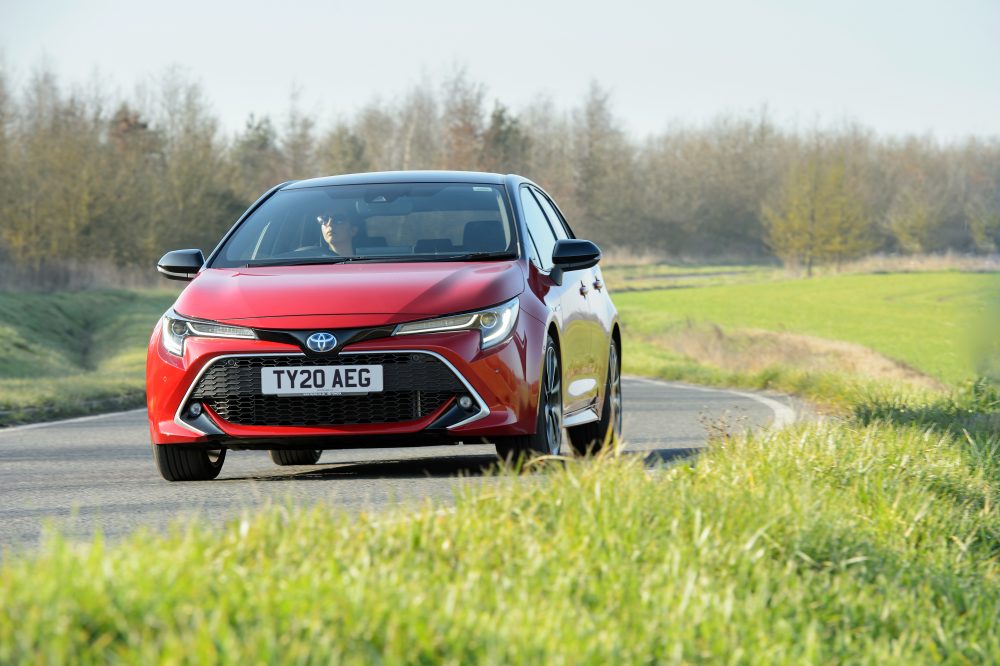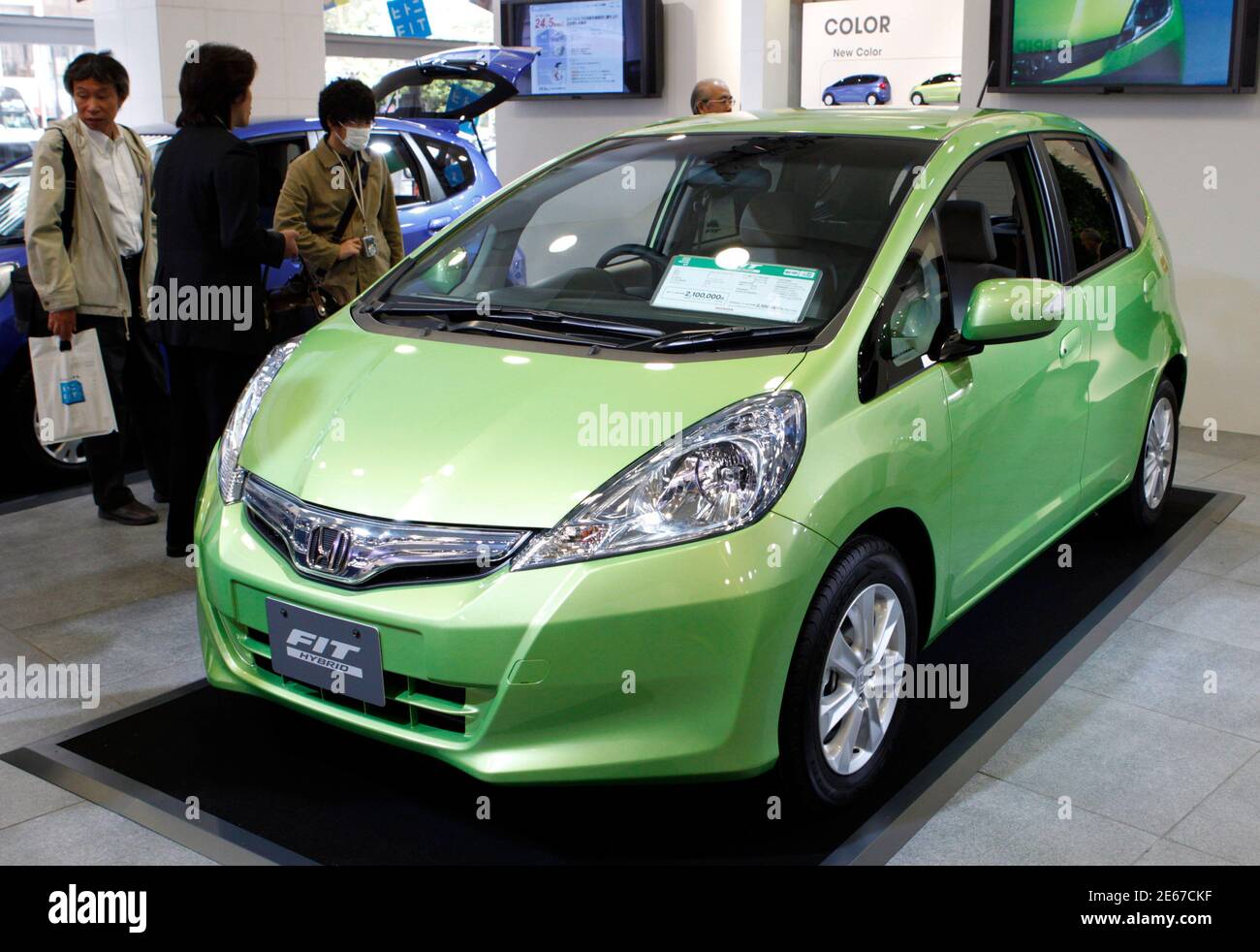


The Electric is stuffed full of batteries and a large electric motor to drive the wheels. The batteries can be recharged on the fly by the petrol motor and regenerative braking, but the bulk of charging should be done by plugging it in at home each day (there’s no fast-charging capability in the PHEV). The electric motor and batteries are bigger, to the point where you can get upwards of 52km of electric-only driving. You don’t need to plug this one in and it works just like any other car you’ve driven. The electric motor is powerful enough to drive the car at low speeds, but it’ll generally run out of juice when you approach highway speeds. The Hybrid has a small electric motor and battery that is recharged by the petrol engine and when slowing down by regenerative braking. The Electric’s system is much smoother and, once you learn to use it properly, you reach a point where you only need to touch the brakes to come to a complete stop. It’s a bit jerky in the Hybrid and PHEV, which doesn’t help carsick passengers on the trip over the Remutaka Hill. When operating, the car starts slowing when you lift off the throttle. All three Ioniq models have this feature, which you can set to three levels of power. This action slows the car down and is known as regenerative braking. The electric motors in these cars can run in reverse and act as generators that’ll recharge the batteries. The premium Elite model cost an additional $6000 and gets you better safety features, leather interior, heated seats and steering wheel and other bells and whistles. On top of motor choice, there are two levels of refinement – Entry or Elite. The PHEV is next cab off the rank at $54K, while the Electric is $66K. The cheapest is the Hybrid, which comes in at just under $47K. I jumped into it from my 2008 VW and quickly decided it was a much better place to be.
CHEAPEST HYBRID VEHICLES MOD
It has all the mod cons you’d expect in a new car, from phone connectivity to safety features such as lane keep assist, which warns if you wander about the lane too much. There’s room for five inside, though the sloping roofline restricts the room for taller passengers in the rear. We took one of each out for a week’s worth of motoring to get a handle on their pros and cons. The Hyundai Ioniq gives us the perfect opportunity to compare as the range has a hybrid, a plug-in hybrid (PHEV) and an electric vehicle. Support quality journalism and subscribe to Business Standard.A new car might claim ultra-high efficiency, but there’s no way of telling how it performs in the real world. Your support through more subscriptions can help us practise the journalism to which we are committed. We believe in free, fair and credible journalism. More subscription to our online content can only help us achieve the goals of offering you even better and more relevant content. Our subscription model has seen an encouraging response from many of you, who have subscribed to our online content. Even during these difficult times arising out of Covid-19, we continue to remain committed to keeping you informed and updated with credible news, authoritative views and incisive commentary on topical issues of relevance.Īs we battle the economic impact of the pandemic, we need your support even more, so that we can continue to offer you more quality content.
CHEAPEST HYBRID VEHICLES HOW TO
Your encouragement and constant feedback on how to improve our offering have only made our resolve and commitment to these ideals stronger. Business Standard has always strived hard to provide up-to-date information and commentary on developments that are of interest to you and have wider political and economic implications for the country and the world.


 0 kommentar(er)
0 kommentar(er)
